
Mentor Texts for Writers: Mentor Text Help with Pacing in Picture Book Manuscripts by Pamela Brunskill
Please join me in welcoming in the “week of Pam.” Pam Brunskill is both an author and educator, so she will be here this week for our writer and educator posts. If you’re like me, you could always use a brush-up on pacing, so I will definitely be implementing Pam’s exercise. Come back on Thursday for her Mentor Texts for the Classroom post.
For me, mentor texts are resources that writers, illustrators, or anyone in the book-making business can turn to for examples of well-executed literary techniques. These techniques may include page turns, plot twists, and use of figurative language, among others. In my own craft, I have turned to mentor texts at all stages of the writing process, however, I have found them to be particularly useful when revising pacing.
After drafting one of my picture books about a real-life flood and figuring out what I was trying to say with it (a chronic problem for me in the early writing stages), I was yielding a hefty 1,500 word manuscript. This was far more than the recommended 500 word limit for picture books, so I sought out Jacqueline Woodson’s Each Kindness because its mood, narrative arc, and style were similar to what I desired for my story. Each Kindness clocked in at 865 words, still on the higher end for picture books, but it never dragged.
How did Woodson tell her beautiful, poignant story so succinctly?
To answer this question, I typed Woodson’s prose from Each Kindness, printed it out, and cut it up into chunks of text according to what was written on each page. I then divided a large sheet of paper into 32 numbered sections for each page in a picture book, and taped Woodson’s prose—page 1 in Each Kindness matched page 1 on my chart, and so on—until the entire book could be visualized on one large chart.
On the chart, I labeled the points at which Woodson established and developed character, setting, problem, climax, and resolution, along with other noteworthy techniques she employed to keep the story moving.
Next, I printed my manuscript in a different color ink and cut the story into segments according to where I introduced and developed my own story elements, and placed the segments on the paper chart underneath Woodson’s prose. This enabled me to effectively scrutinize my writing and visually determine where I was verbose. Comparing my manuscript to a mentor text like Woodson’s allowed me to determine where I really needed to develop a plot or character motivation, and to cut ineffective descriptions.
A few drafts later, I was down to 1,000 words. Although my manuscript was still long for a picture book, Each Kindness helped me to pace my story better. The mentor text had provided a framework for improvement, and it gave me the confidence I needed to send that draft to my critique group and agent—the real-life mentors.
Pamela Brunskill began her career teaching 3rd and 6th graders in Clarence, NY, focusing mainly on language arts and social studies. Over the past ten years she has been writing, teaching as an adjunct instructor in the education departments at Bloomsburg University and Bucknell University, and raising her three children. She has been published in Highlights for Children and is represented by Louise Fury from the Bent Agency. Pamela also helps authors create educational resources for their books at Authors and Educators. You can find Pamela at her website, http://www.authorsandeducators.com, or on Twitter under the handle @PamBrunskill.
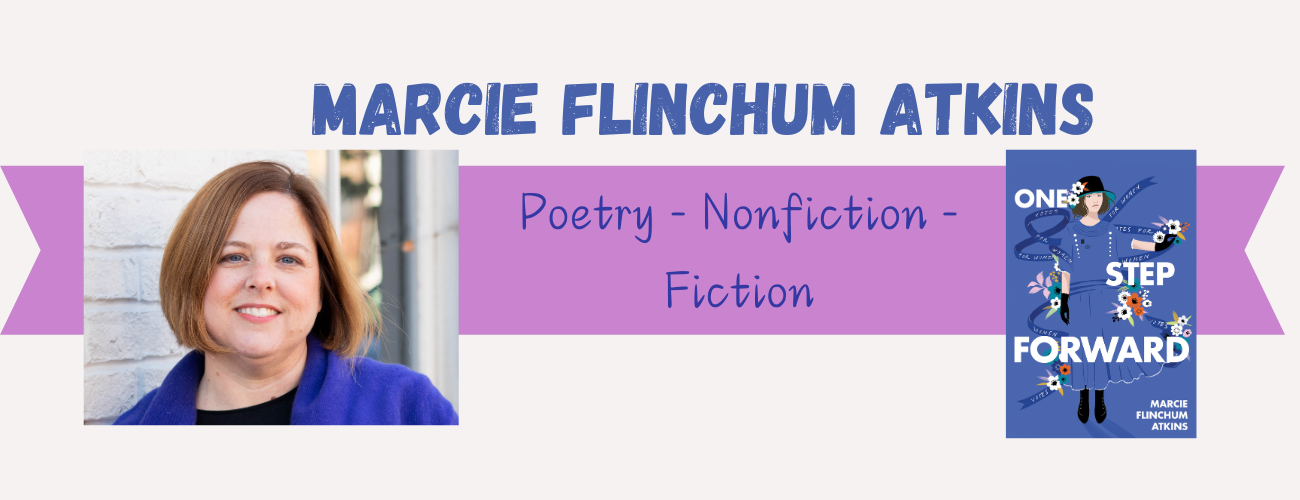
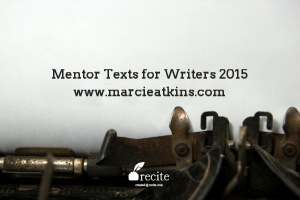
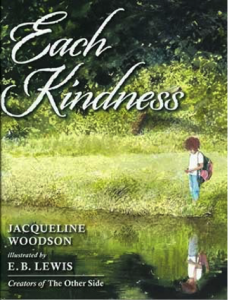


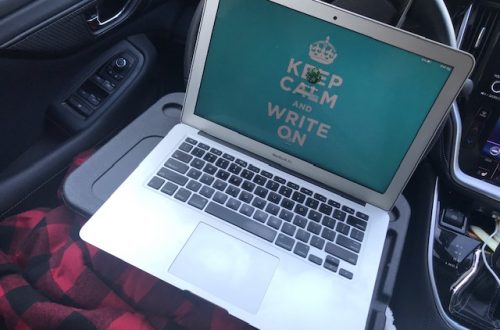
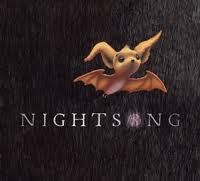
4 Comments
Tina Cho
How nice to see you here, Pam! I like how you compared your words and pacing to Each Kindness.
Pam Brunsill
Thanks, Tina!
Sue Frye
Great post, Pam! It’s always great to see how all the hard work pays off.
Pam Brunsill
Thanks, Sue! Hopefully the hard work will pay off someday!